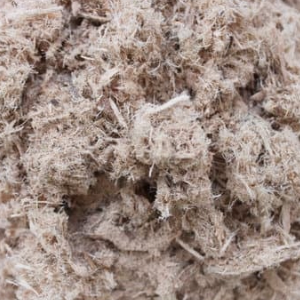Description
Slippery elm bark, also known as Ulmus rubra, is a tree native to North America. The inner bark of the tree has been used for centuries in traditional medicine for its various health benefits. Slippery elm bark is commonly used to make teas, poultices, and supplements.
Here are a few key benefits of slippery elm bark:
- Soothes the digestive tract: Slippery elm bark contains mucilage, a type of fiber that swells when it comes into contact with water. This can help soothe and protect the lining of the digestive tract, reducing inflammation and symptoms associated with digestive disorders such as irritable bowel syndrome (IBS), ulcerative colitis, and Crohn’s disease.
- Relieves coughs and sore throat: Slippery elm bark can help relieve coughs and sore throat by coating the throat with a protective layer of mucilage. This can help reduce irritation and inflammation, and promote healing.
- Skin health: Slippery elm bark may be beneficial for improving skin health due to its high levels of antioxidants and anti-inflammatory compounds. It may help reduce the appearance of skin conditions such as eczema, psoriasis, and acne.
- Respiratory health: Slippery elm bark may help improve respiratory health by reducing inflammation and irritation in the respiratory tract. This can be beneficial for reducing symptoms associated with respiratory conditions such as asthma and bronchitis.
- Wound healing: Slippery elm bark can be used topically to help promote wound healing due to its ability to soothe and protect the skin. It may also help reduce inflammation and prevent infection.
It’s important to note that while slippery elm bark can provide a range of potential health benefits, it should be used in moderation and under the guidance of a healthcare professional. Some people may experience side effects or interactions with medications, particularly if they have underlying health conditions. Additionally, slippery elm bark should not be used during pregnancy or while breastfeeding.






Reviews
There are no reviews yet.